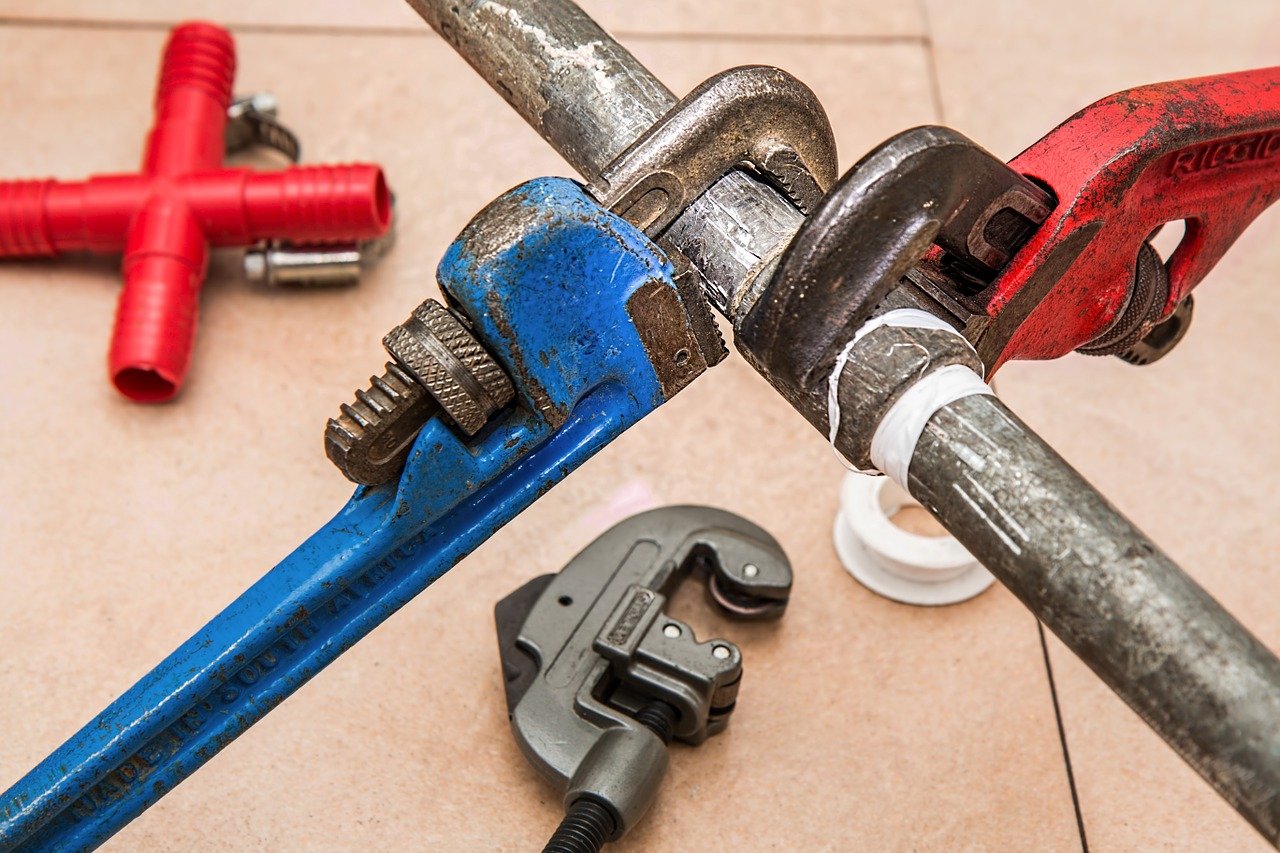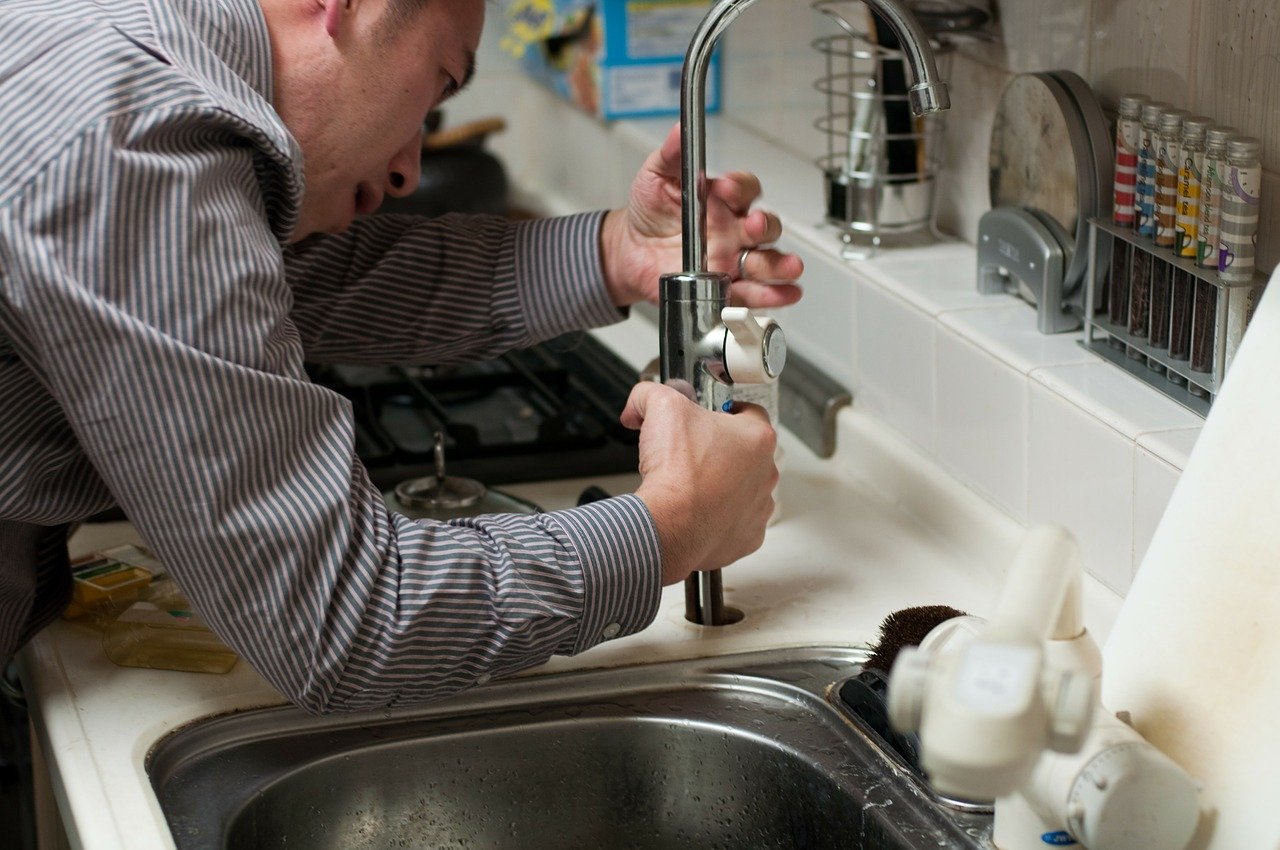
Small faucet problems can result in costly problems. If you notice something wrong with the faucet in your bathroom or kitchen, contact our Poquoson plumbing company for fast, reliable service.
There are many warning signs to determine if you have a problem. Depending on its severity, it may need a simple repair or a complete replacement. Our plumbers will diagnose the problem and provide you with the best solution.
Many issues are fixable and faucet parts are affordable and easy to replace. When a replacement is necessary, it is likely that your faucet has reached its lifespan (on average, they last up to 10 years, while some can last between 15-20 years). Other reasons include frequent use and underlying issues that have been neglected for too long. If you don’t know whether to repair or replace it, read on to find out what to do.
When To Repair Your Faucet?
Many faucet problems are minor and can be repaired but that does not mean they should be left unattended. If you are experiencing any of the following problems, contact our Poquoson plumbers to diagnose the problem and make the necessary repairs. In general, these fixes should not take more than one hour to resolve, but this depends largely on the extent of the damage.
Irregular Water Flow
When you turn on your water, does it sputter before producing a normal stream? This shouldn’t happen. Water streams should always be constant, meaning sputters and sprays are problems that need to be resolved. In general, the damage is internal and unless you have plumbing experience, you may not be able to fix it yourself. There are numerous possible causes, so rather than attempting to diagnose it yourself, contact a plumber to perform a thorough inspection.
Leaking Faucet
One of the most common problems is a leaking faucet. Unfortunately, this is also one of the most ignored problems. A leaky faucet that loses water at a rate of one drip each second will waste more than 3,000 gallons of water in a year. Not only are you wasting water by not repairing the problem, but it can significantly increase your water bill. In general, leaks result from worn-down parts that need to be replaced. Replacements are typically affordable, and the labor is not intensive. As a result, there is no reason to ignore your leaking/dripping faucet.
Low Water Pressure
If you are experiencing low water pressure and you are only experiencing it in one faucet (or showerhead), then you probably have a clogged aerator or cartridge, or there is a buildup of debris and mineral deposits. If you are experiencing low water pressure throughout your home, there is probably an issue with the pipes or water supply, for example, a water line break or sewer line blockage. Explain the issues you are experiencing to your plumber and allow them to make the correct diagnosis.
Squeaky Handle
If your handle squeaks every time you turn it on, you probably have worn threads in the faucet handle. If you consider yourself a handyman or woman, you may be able to resolve this yourself. Simply remove the handle and coat the threads with plumber’s grease.
Don’t have plumber’s grease on hand?
Use petroleum jelly instead. After you have put all the parts back together, you should no longer experience squeaking. If you try this technique and you still hear a noise, then the problem may be caused by something else, like a worn-out valve stem or debris that has built up within the faucet. In that case, you will need to contact a plumber.
When To Replace?
If your faucet is old and causing more problems than you can keep up with, do not hesitate to replace it. In many cases, a replacement may cost less than a repair. Parts and labor for a kitchen faucet typically do not exceed $200. You can expect to spend less on a bathroom faucet. There are many advantages to skipping the repair and going straight to the replacement. For example:
- You can buy a higher quality brand with a warranty for parts
- Fewer repairs are needed, which makes it more cost-effective in the long run
- Older faucets are far less efficient than newer models
- You may be itching for a minor kitchen or bathroom renovation – now is the time
- Even if you repair fixtures on an old faucet, chances are they will break again soon
Whether you repair or replace your faucet, contact our Poquoson plumbing company for high-quality service. Call 757-838-1036 for a free estimate.


 Your home’s plumbing system is a series of drain and vent pipes. When you flush a toilet or run water into the sink, it then travels down the drain and into the sewer or septic system. The vent pipes run vertically through the roof of your home, equalizing pressure within the plumbing system and allowing sewer gasses to escape. When you flush your toilet and the water is pushed through the drain lines, a vacuum is created behind that water, and air is pulled in through the vent to equalize that vacuum pressure immediately.
Your home’s plumbing system is a series of drain and vent pipes. When you flush a toilet or run water into the sink, it then travels down the drain and into the sewer or septic system. The vent pipes run vertically through the roof of your home, equalizing pressure within the plumbing system and allowing sewer gasses to escape. When you flush your toilet and the water is pushed through the drain lines, a vacuum is created behind that water, and air is pulled in through the vent to equalize that vacuum pressure immediately.
Recent Comments